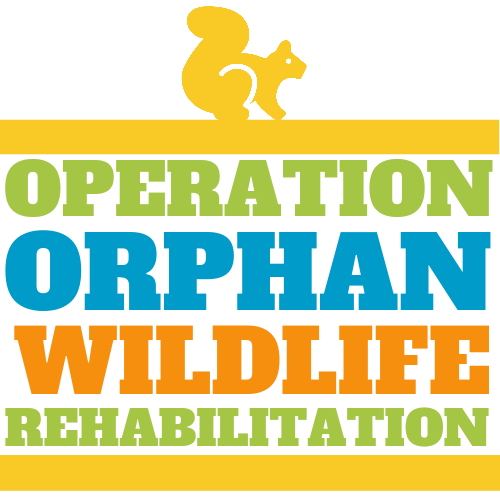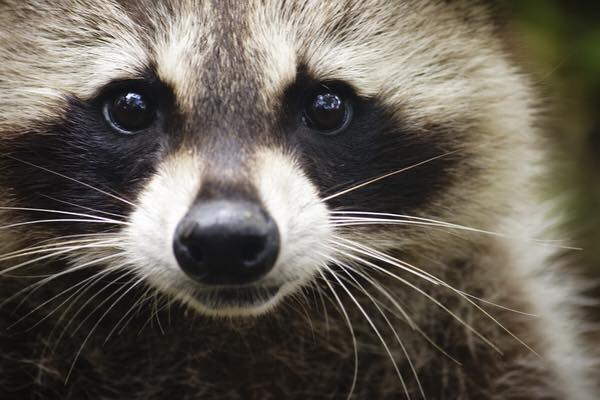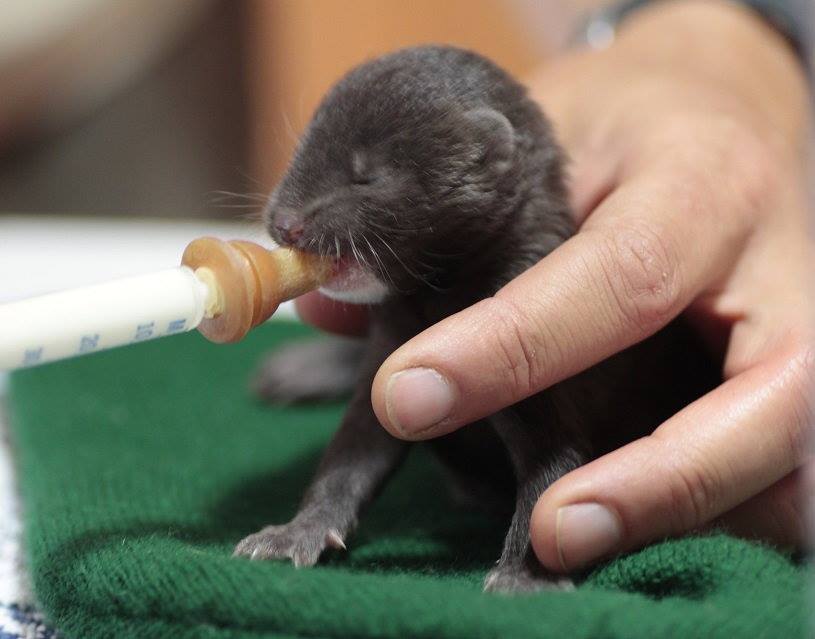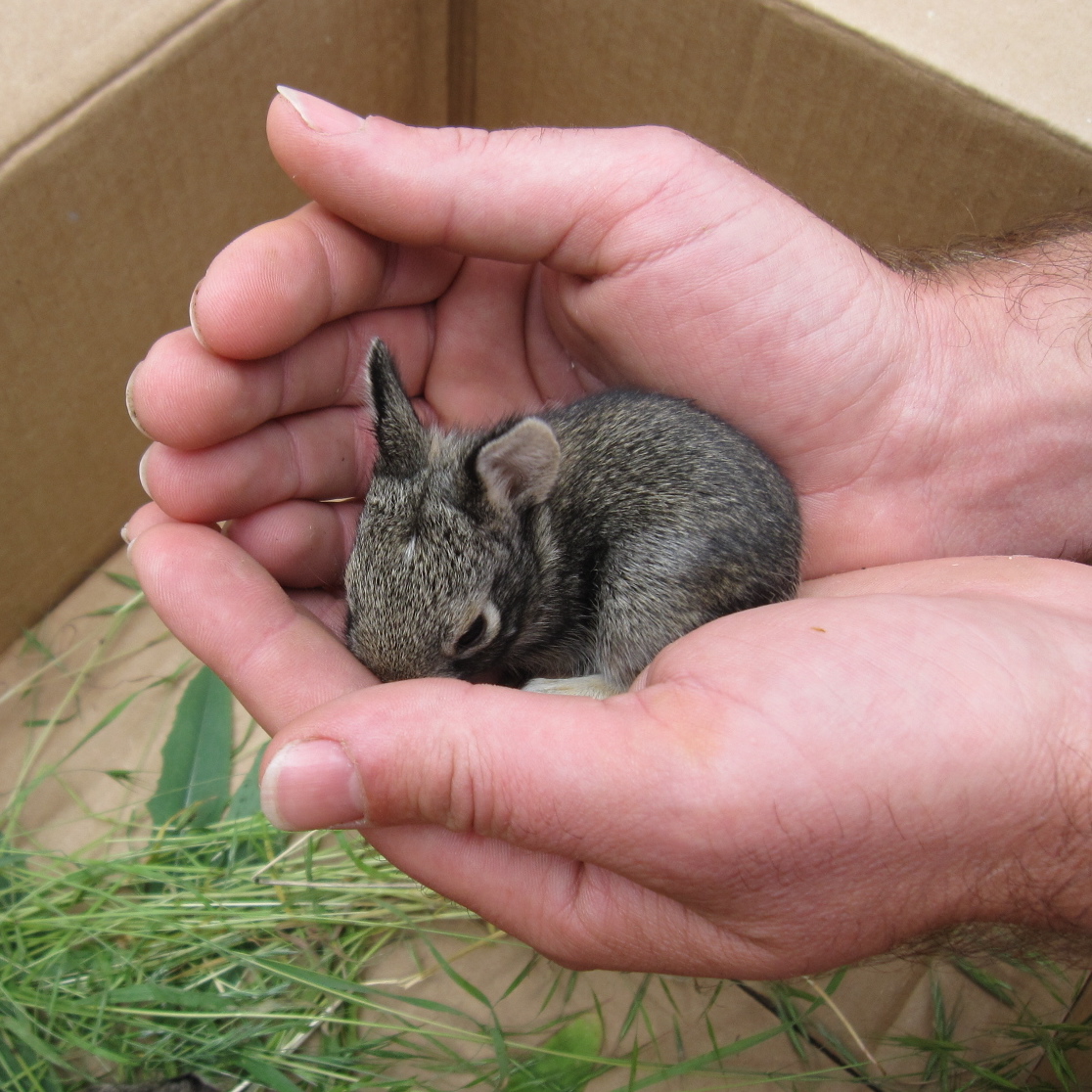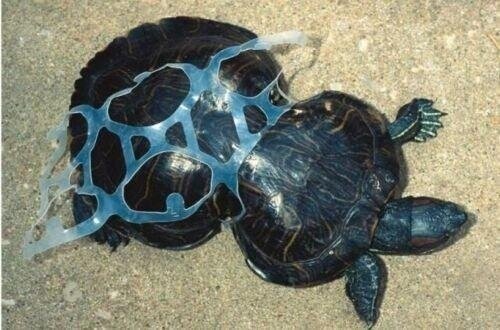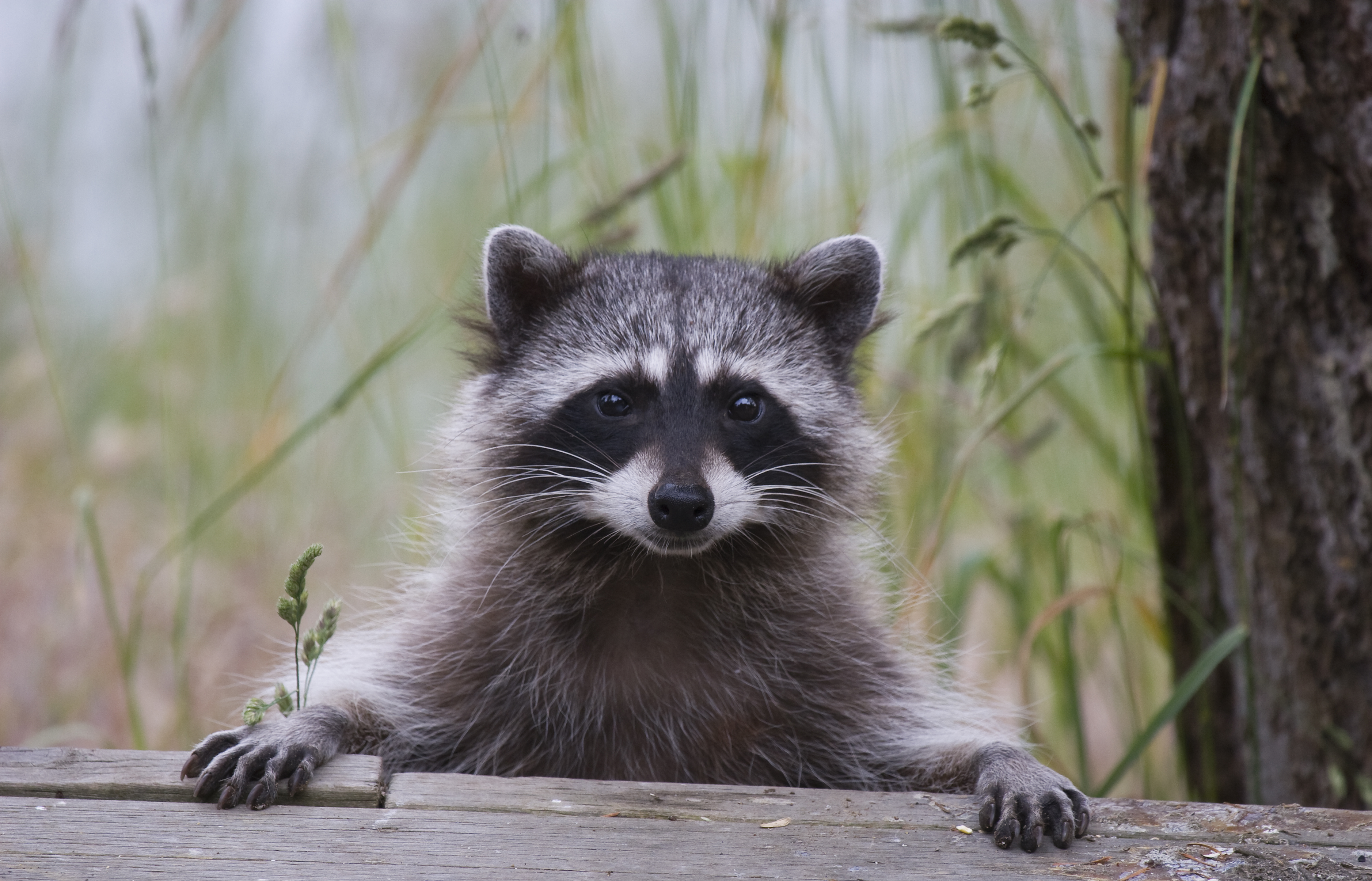RABIES: What do you know?
With baby season in full swing, I’ve been getting a lot of calls about baby raccoon, an animal that I can not longer take in. In the past I was allowed to raise raccoons and release them back into the wild. However, for the last several years 15 Ohio Counties, including Stark have imposed rules that prohibit raising, relocating or removing from the county. The reason: RABIES.
Rabies is a deadly virus that strikes the central nervous system of mammals and almost always results in death if not treated. The virus is spread through an infected animal’s saliva. People and pets do not have to be bitten in order to contract the disease; there only needs to be an open cut, scratch, pimple or any break in the skin for the virus to find its way in. This includes your mouth, nose and eyes.
If you saw or found an animal, would you be able to tell if it had rabies? There are symptoms that many animals exhibit, but there’s only one sure way to know and that involves severing the head of the animal and testing the base of the brain.
One big symptom of an animal having rabies is a major change in behavior. For example, an animal that normally is only seen at night is out wandering during the day. Some may be unnaturally approachable, allowing you to just walk up to it without it displaying any defensive postures. They can be overly excited, aggressive or irritable, attacking anything in their path. Then there are those that are overly affectionate. There is staggering, paralysis, frothing at the mouth and some demonstrate a change in their vocals.
One of the first things a mother racoon does after giving birth is clean up her babies by licking them clean. If she is carrying rabies, she has just passed on that legacy. The infected animals may very well not show signs of having rabies, giving a would-be rescuer a false sense of security, especially when handling babies. The baby may not have developed the fear of predators yet and will want to suckle your finger – cute right? Not if that baby has been exposed.
SO WHAT SHOULD DO YOU DO IF YOU FIND BABY RACCOONS?
Most of the babies picked up are NOT ORPHANS. The baby raccoon that is out of its nest during the day and crying will be picked up by Mom after dark, but only if you are not there, as she sees you as a threat. JUST LEAVE THEM ALONE.
With these facts, you can understand why it is so important to do what is necessary to stave the spread of rabies. The following counties have either had, or border a county with confirmed cases: Ashtabula, Belmont, Carroll, Columbiana, Cuyahoga, Geauga, Harrison, Jefferson, Lake, Mahoning, Monroe, Portage, Stark, Summit and Trumbull.
Ohio Division of Wildlife has had, for a number of years, a bait program to treat raccoons to help prevent the spread. Were it not for these measures, rabies would be out of control here in Ohio. A Pennsylvanian once made a comment to me that it was ignorant of Ohio Division of Wildlife to spend so much money on trying to prevent the virus. My rebuttal was, “And because Pennsylvania did nothing when rabies was first being found, they ended up with an epidemic.” Ohio has been and continues to be proactive in their approach.
No one, especially me, wants or likes to see baby animals euthanized. Unfortunately, it is necessary to prevent the spread of rabies. Please exercise good sense when dealing with any wild animals.
If you would like to find out more about racoons visit the Learning Center here.
Copyright 2019 Fran Kitchen Operation Orphan Wildlife Rehabilitation, Inc. is a 501(c)3 Non-Profit Organization and does not receive federal funding. We are supported entirely through private donations, memberships, and proceeds from our education programs. To Donate visit our website at: operationorphanwildlife.com
